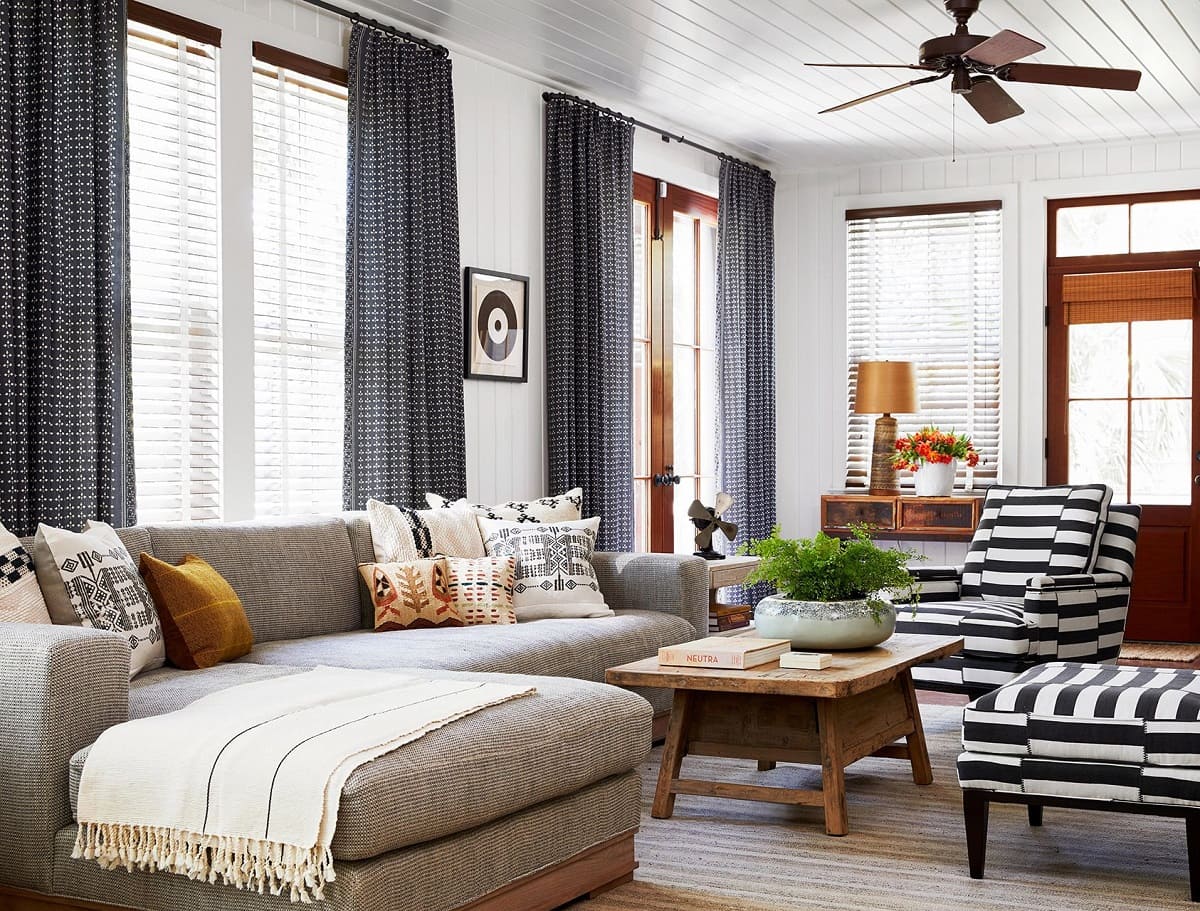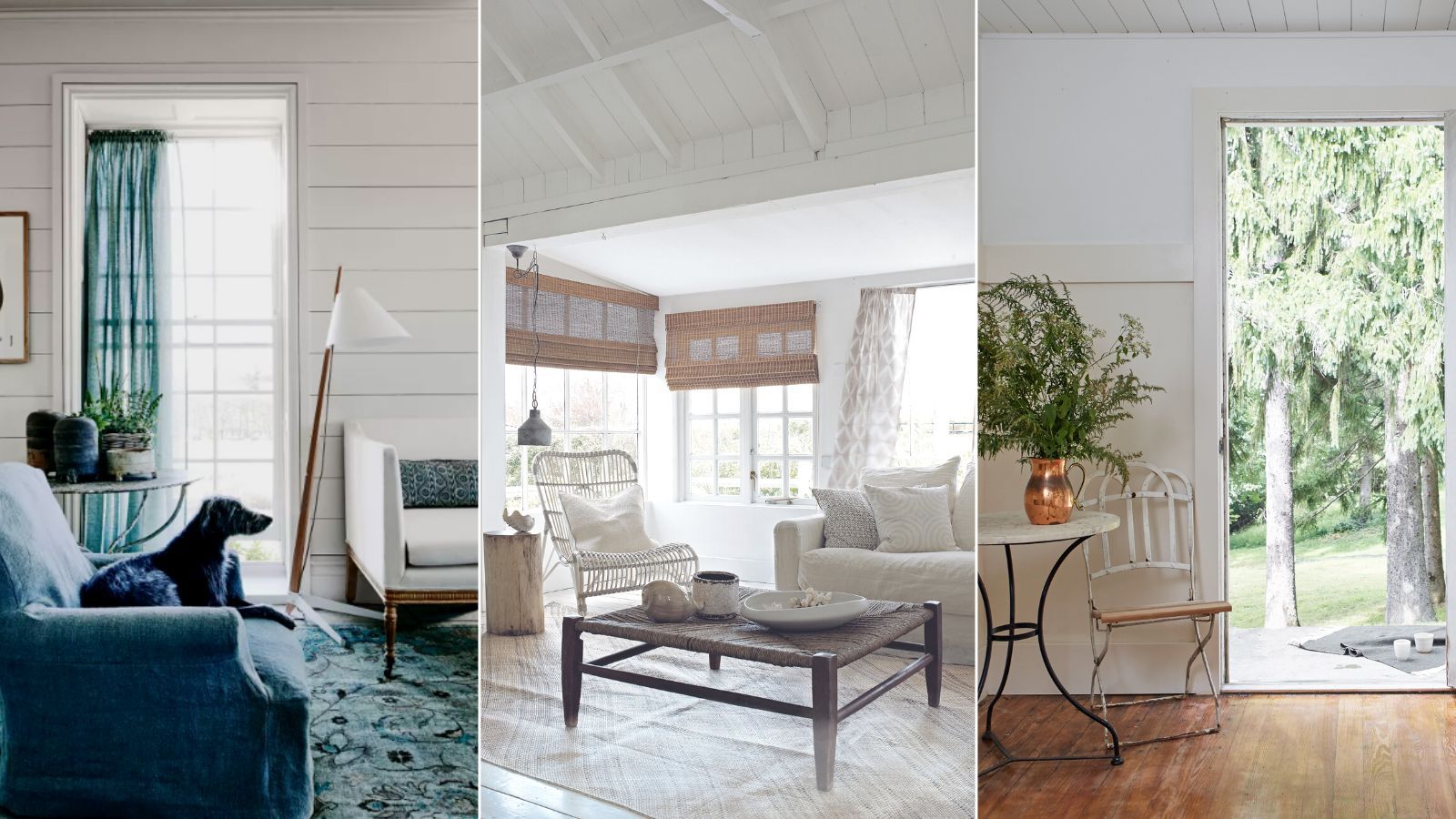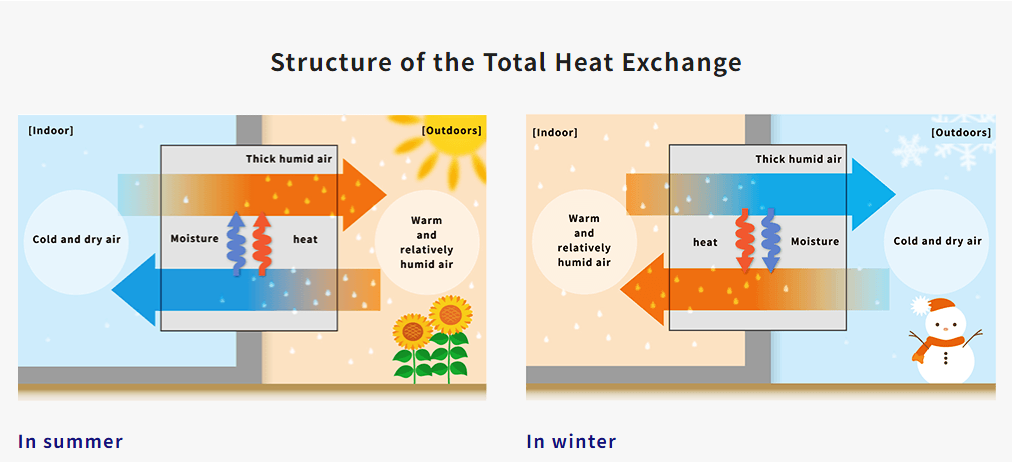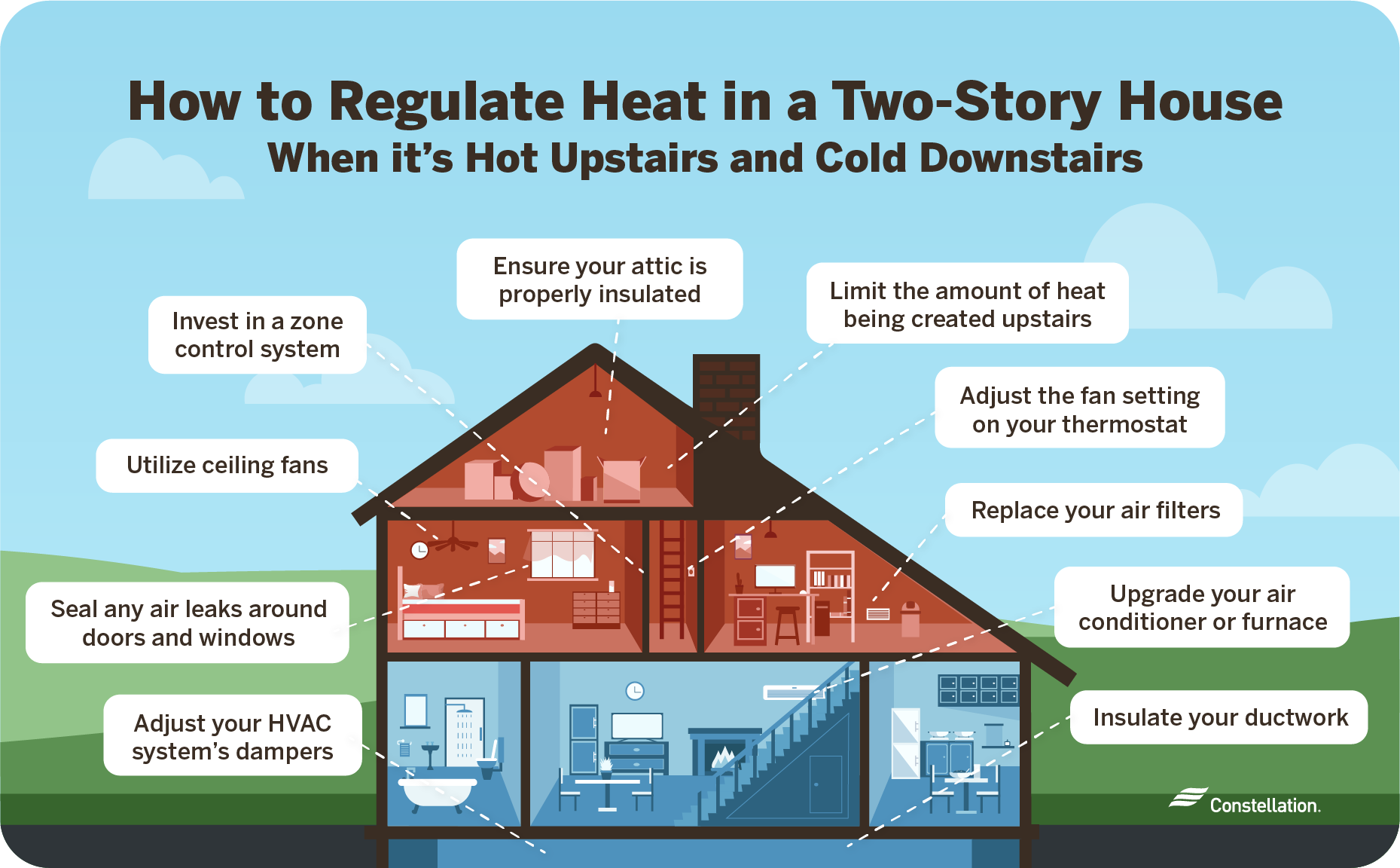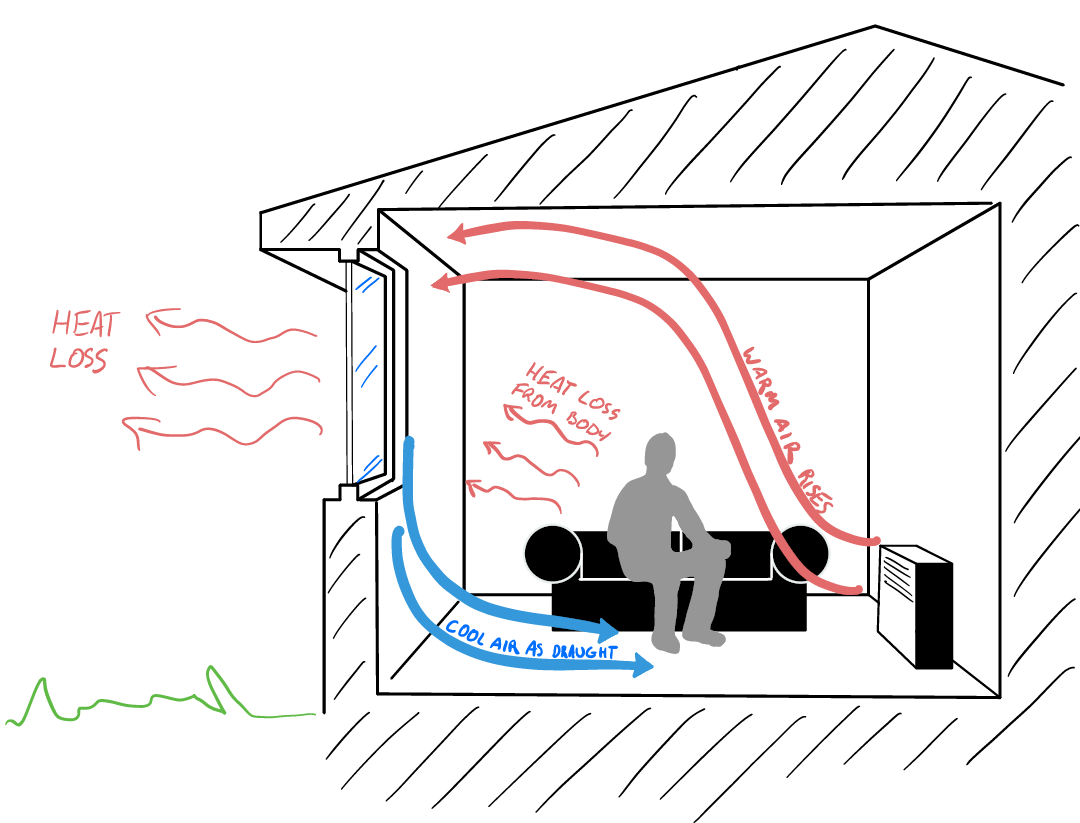How To Lower Temperature In Room
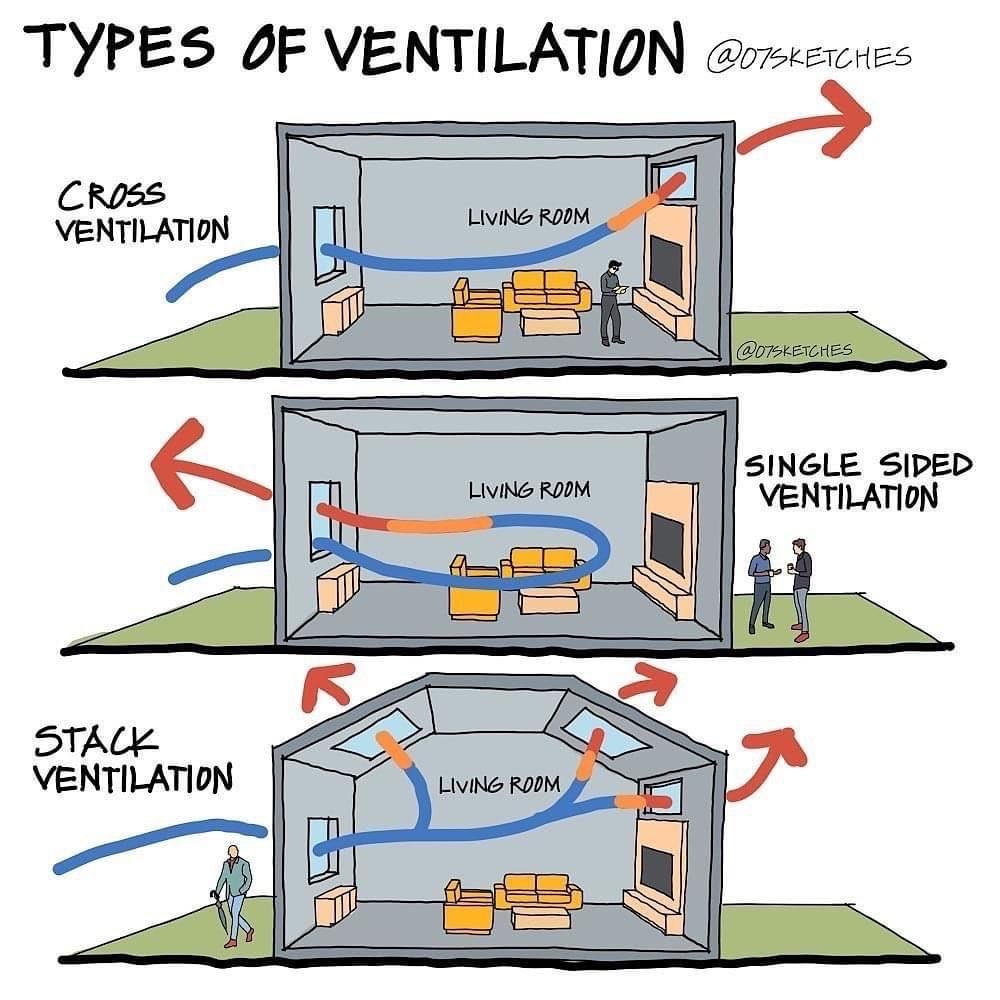
As summer temperatures soar and energy bills climb, finding effective and affordable ways to cool down a room becomes paramount. More than just comfort is at stake; extreme heat can pose serious health risks, especially for vulnerable populations. This article explores a range of practical strategies, from simple no-cost methods to strategic investments, to help you reclaim control over your indoor climate.
The core challenge is balancing personal comfort with energy conservation and cost-effectiveness. We'll delve into natural ventilation techniques, smart use of fans, window treatments, and strategic appliance usage. Furthermore, we'll consider long-term solutions like insulation and energy-efficient upgrades, examining their benefits and drawbacks, providing you with the knowledge to make informed decisions.
Harnessing Natural Ventilation
Natural ventilation is often the simplest and most cost-effective way to cool a room. Opening windows at night and early morning allows cooler air to circulate, flushing out the warmer air accumulated during the day. Creating a cross breeze by opening windows on opposite sides of the room or building is particularly effective.
Strategic window management is key. Closing windows and blinds during the hottest part of the day prevents sunlight from directly heating the room. This reduces the load on air conditioning systems or, if you don't have one, helps maintain a more bearable temperature.
The Power of Fans
Fans, both ceiling and portable, can significantly improve airflow and create a cooling sensation. A ceiling fan rotating counter-clockwise pushes air downwards, creating a breeze that helps evaporate sweat and cool the skin. Combining fan use with open windows can further enhance ventilation.
Consider the strategic placement of portable fans. Positioning a fan to draw in cooler air from outside or to circulate air away from a heat-generating appliance can make a noticeable difference. Remember, fans cool people, not rooms; turn them off when you leave to save energy.
Window Treatments: Blocking the Heat
Windows are a major source of heat gain in a room. Investing in effective window treatments can significantly reduce the amount of solar radiation entering your space. Blackout curtains are particularly effective at blocking sunlight and reducing heat transfer.
Reflective window films offer another option, reflecting sunlight away from the window. These films are relatively easy to install and can be a cost-effective way to reduce heat gain without completely blocking natural light. Blinds and shades also provide a degree of control over sunlight and heat.
Strategic Appliance Usage
Many household appliances generate heat when in use. Minimizing the use of these appliances during the hottest part of the day can help reduce the overall room temperature. Consider cooking meals outdoors or using a microwave instead of an oven.
Incandescent light bulbs are notorious for producing heat. Switching to energy-efficient LED bulbs not only saves energy but also reduces the amount of heat generated by lighting. Unplug electronics when not in use, as they can continue to generate heat even when turned off.
Long-Term Investments: Insulation and Energy Efficiency
While the above strategies provide immediate relief, long-term solutions like insulation and energy-efficient upgrades offer lasting benefits. Proper insulation in walls, ceilings, and floors helps to keep heat out in the summer and in during the winter. This reduces the reliance on air conditioning and heating systems.
Replacing old, inefficient windows with energy-efficient models can also significantly reduce heat gain. Look for windows with low-E coatings and insulated frames. Sealing cracks and gaps around windows and doors prevents air leaks, further improving energy efficiency.
Assessing Your Needs
Different solutions are suitable for different situations. Renters, for example, may be limited in the types of changes they can make. Homeowners have more flexibility but need to consider the cost and return on investment of various upgrades.
Factors such as climate, the orientation of the room, and personal preferences will also influence the best approach. A careful assessment of your specific needs and circumstances is essential for choosing the most effective cooling strategies.
The Role of Evaporative Coolers (Swamp Coolers)
In dry climates, evaporative coolers, also known as swamp coolers, can be a highly effective and energy-efficient alternative to air conditioning. These coolers work by evaporating water, which cools the air. However, they are less effective in humid climates where the air is already saturated with moisture.
Consider the humidity level in your area before investing in an evaporative cooler. They require regular maintenance, including cleaning and water replacement, to function effectively. Proper ventilation is also crucial when using an evaporative cooler to prevent excessive humidity buildup.
The Impact of Climate Change
The need for effective cooling strategies is becoming increasingly urgent in the face of climate change. Rising global temperatures are leading to more frequent and intense heat waves, putting a strain on energy grids and increasing the risk of heat-related illnesses. Implementing these strategies not only improves personal comfort but also contributes to reducing energy consumption and mitigating climate change.
By adopting a combination of these strategies, individuals and communities can create more resilient and comfortable living environments. Continued research and innovation in cooling technologies will also be essential for addressing the challenges of a warming world.
Ultimately, lowering the temperature in a room is a multifaceted challenge with no single solution. By understanding the principles of heat transfer and employing a combination of these strategies, you can create a cooler, more comfortable, and energy-efficient living space. This proactive approach to heat management is not just about personal comfort; it's about safeguarding health and contributing to a more sustainable future. Prioritize safety and consult professionals when needed.


